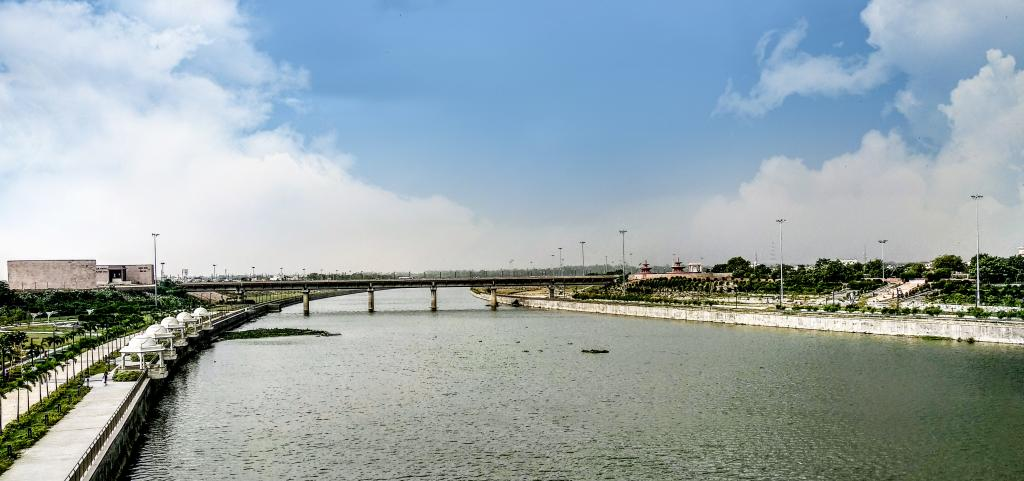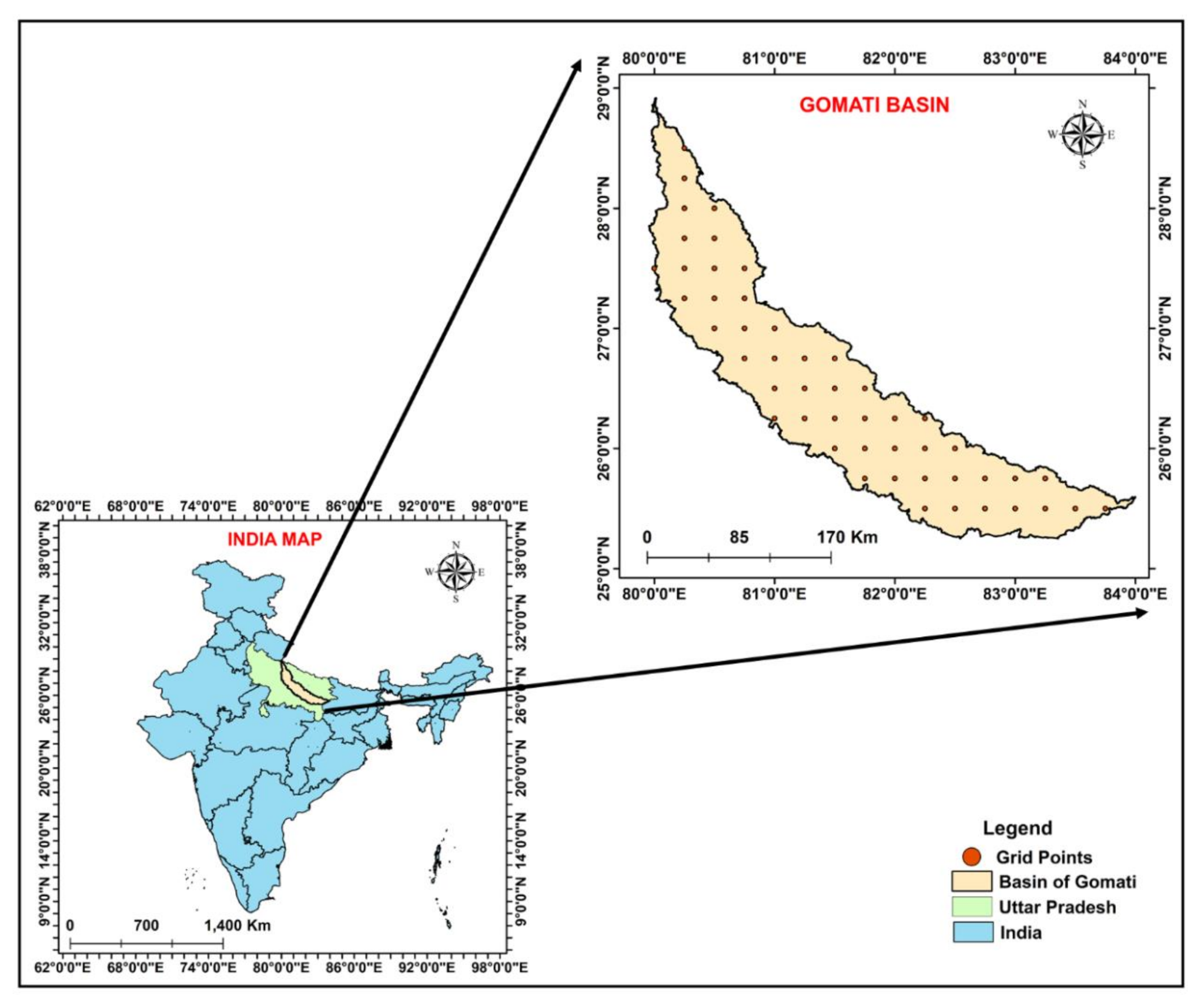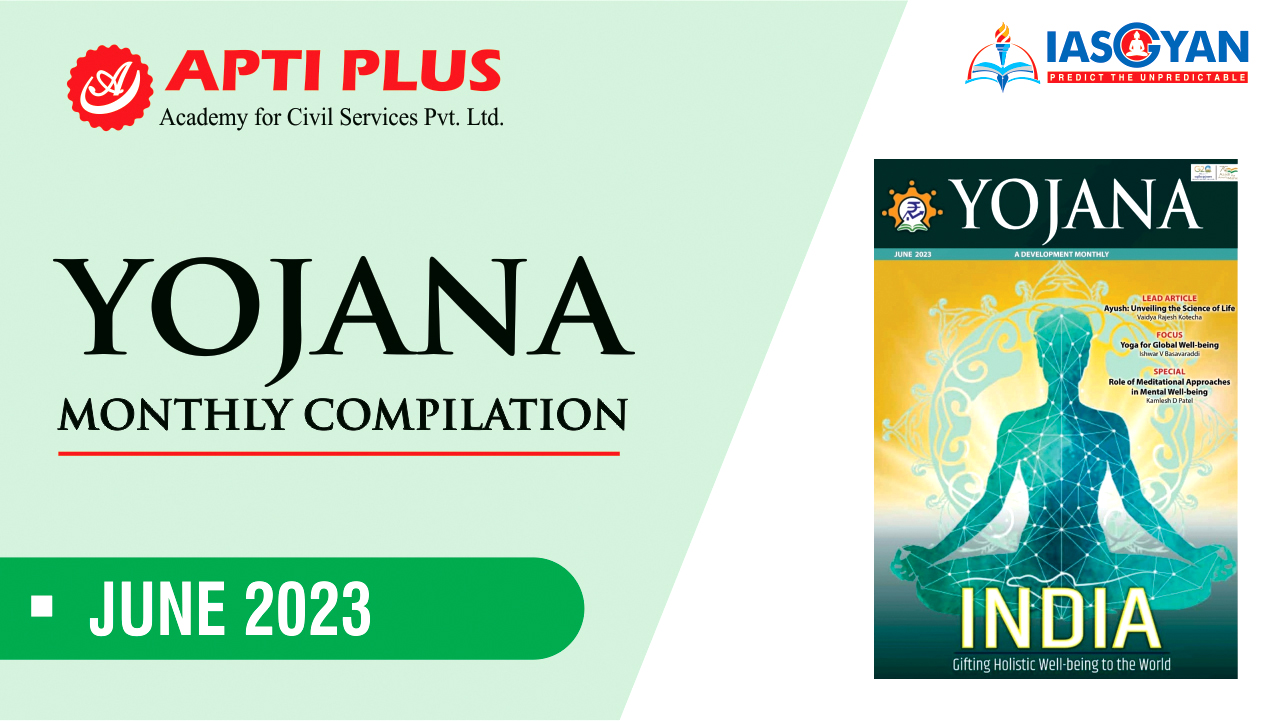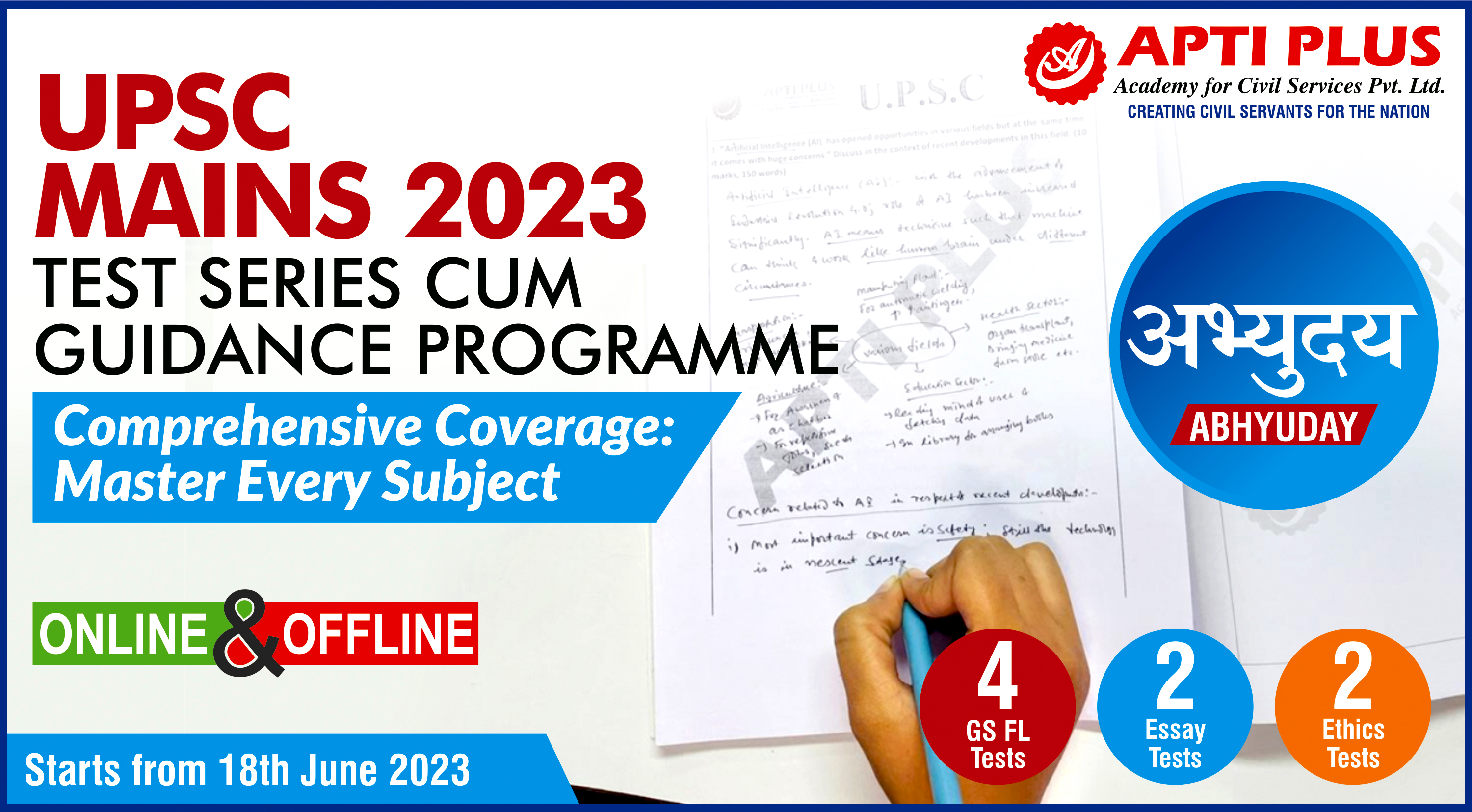Description

Disclaimer: Copyright infringement not intended.
Context
Controversy surrounding a government order (GO) issued by the irrigation department of the Uttar Pradesh government
Details
- The Uttar Pradesh government issued a government order (GO) declaring the Gomti River as a "non-perennial river."
- Water experts and river rights activists have criticized the GO.
Gomti River Background

Disclaimer: Copyright infringement not intended.
- Gomti is a tributary of the Ganga River and an alluvial river of the Ganga Plain.
- It originates near Mainkot, from Gomat Taala lake (Fulhar Jheel) in Madhotanda, around 30 kilometers from Pilibhit town.
- The river flows through Sitapur, Lucknow, Barabanki, Sultanpur, and Jaunpur before meeting the Ganga at Kaithi, Ghazipur district.
- The total length of the river is about 960 kilometers.
- Gomti supplies around 450 million liters per day of water to Lucknow.
Government Order Details
- The GO was issued regarding floodplain zoning for 12 rivers, including Gomti.
- The GO stated that Gomti is a non-perennial river, and environmental flow cannot be maintained throughout the year.
- It also declared a 50-meter no-construction zone on both banks of the river.
Criticisms and Concerns
- Water experts and activists argue that declaring Gomti as non-perennial is incorrect and undermines its importance.
- The GO contradicts the Allahabad High Court's order to stop construction within 100 meters of the river's banks.
- The declaration of Gomti as a seasonal river disregards its historical significance and the need for its continuous flow.

Environmental and Pollution Concerns
- Gomti River is in dire need of protection from pollution, exploitation, and encroachment.
- It is the fifth most polluted river in the country, according to a report by the Central Pollution Control Board (CPCB).
Chronology and NGT Case
- The GO defining floodplains was related to a case being heard by the National Green Tribunal (NGT).
- The NGT expressed dissatisfaction over encroachment and construction activities on the floodplains of rivers in 2018.
- The state government issued the letter defining floodplain zoning for the 12 rivers in 2020.
Violation of High Court Order
- The GO's no-construction zone declaration violates a 2010 Allahabad High Court order.
- The court had ordered the UP government to stop all construction activities within 100 meters of Gomti River banks.
Importance of Environmental Flow
- Experts argue that at least half of Gomti River's flow should be considered as an environmental flow (e-flow).
- Gomti's flow mainly relies on groundwater, emphasizing the need to ensure its continuous flow.
Lack of Notification and Public Awareness
- Voluntary groups concerned with rivers in Lucknow claim they were not notified about the GO.
- The GO came into public purview after the work on the green corridor project in Lucknow began.
Call for Protection and Sustainable Management
- Efforts are needed to protect the Gomti River from pollution, exploitation, and encroachment.
- Sustainable management strategies should be implemented to ensure the river's continuous flow and preservation of its ecological balance.
|
PRACTICE QUESTION
Q) Consider the following statements regarding Gomti river:
- Gomti river is a major tributary of Yamuna
- The Gomti River originates in the Himalayas
Select the correct statements using the codes below:
(a)1 only
(b)2 only
(c)Both 1 and 2
(d)Neither 1 nor 2
Answer: B
|

https://www.downtoearth.org.in/news/urbanisation/dte-exclusive-2020-order-on-floodplain-zoning-declaring-gomti-non-perennial-river-draws-flak-90655

















